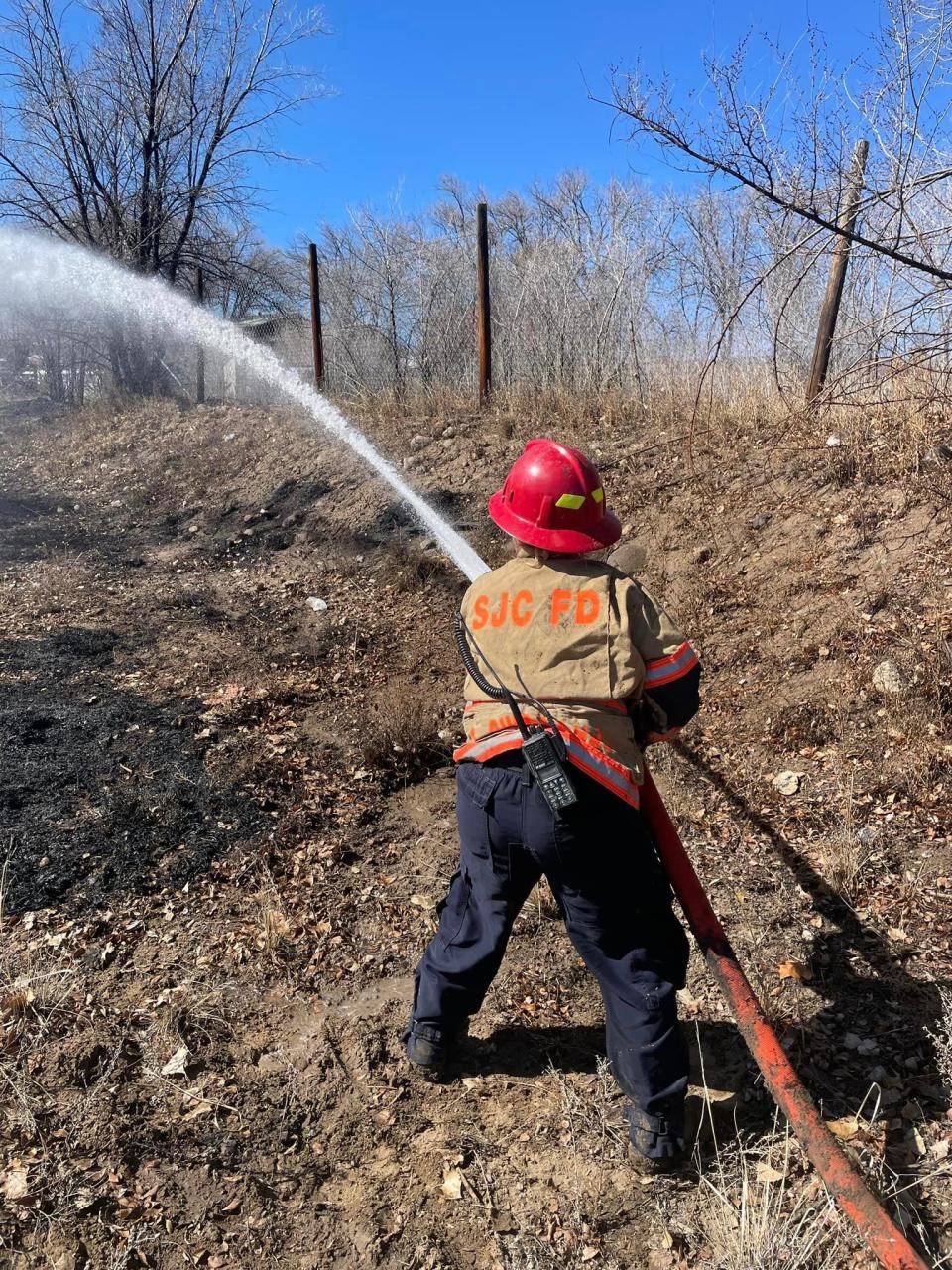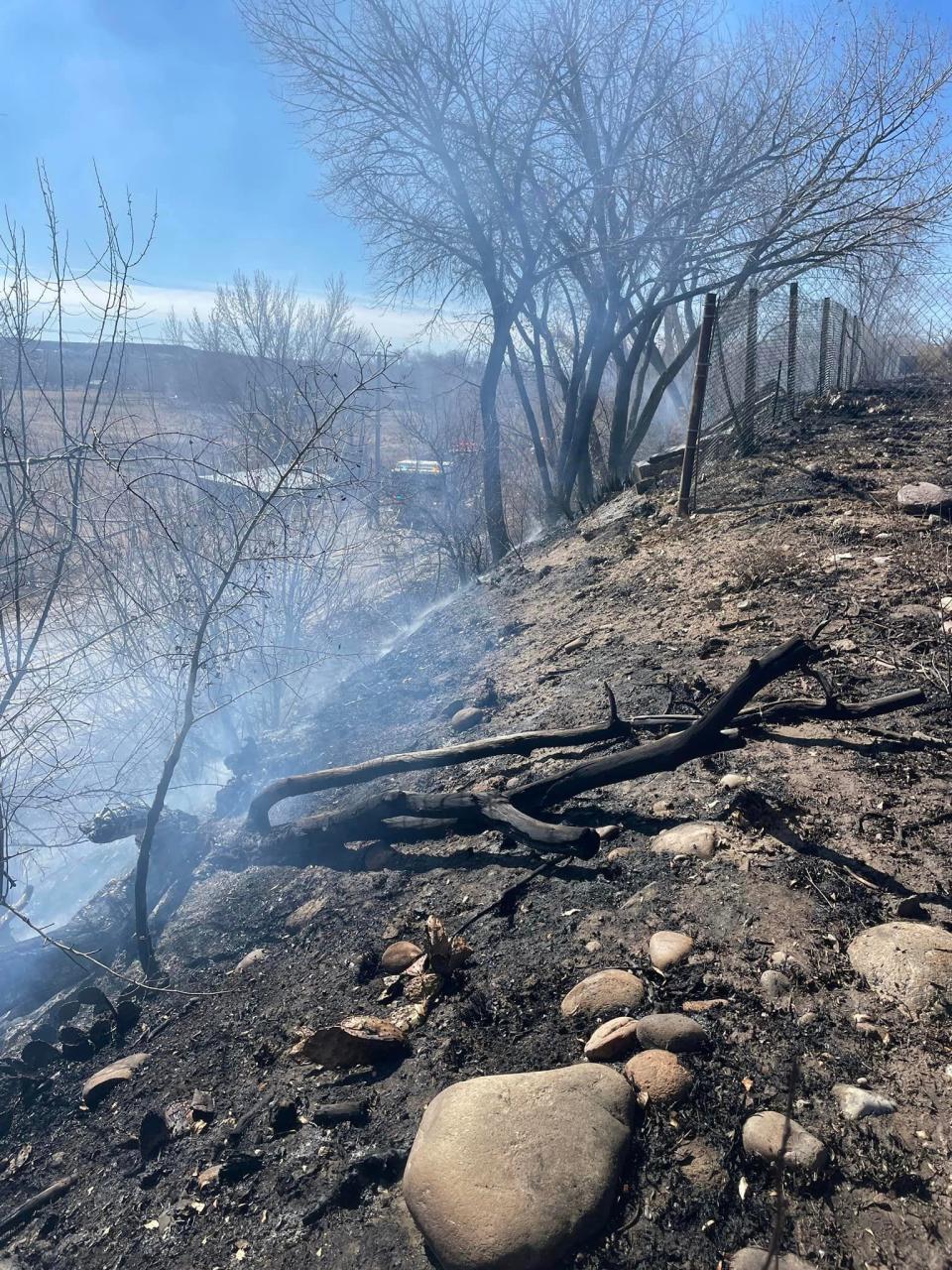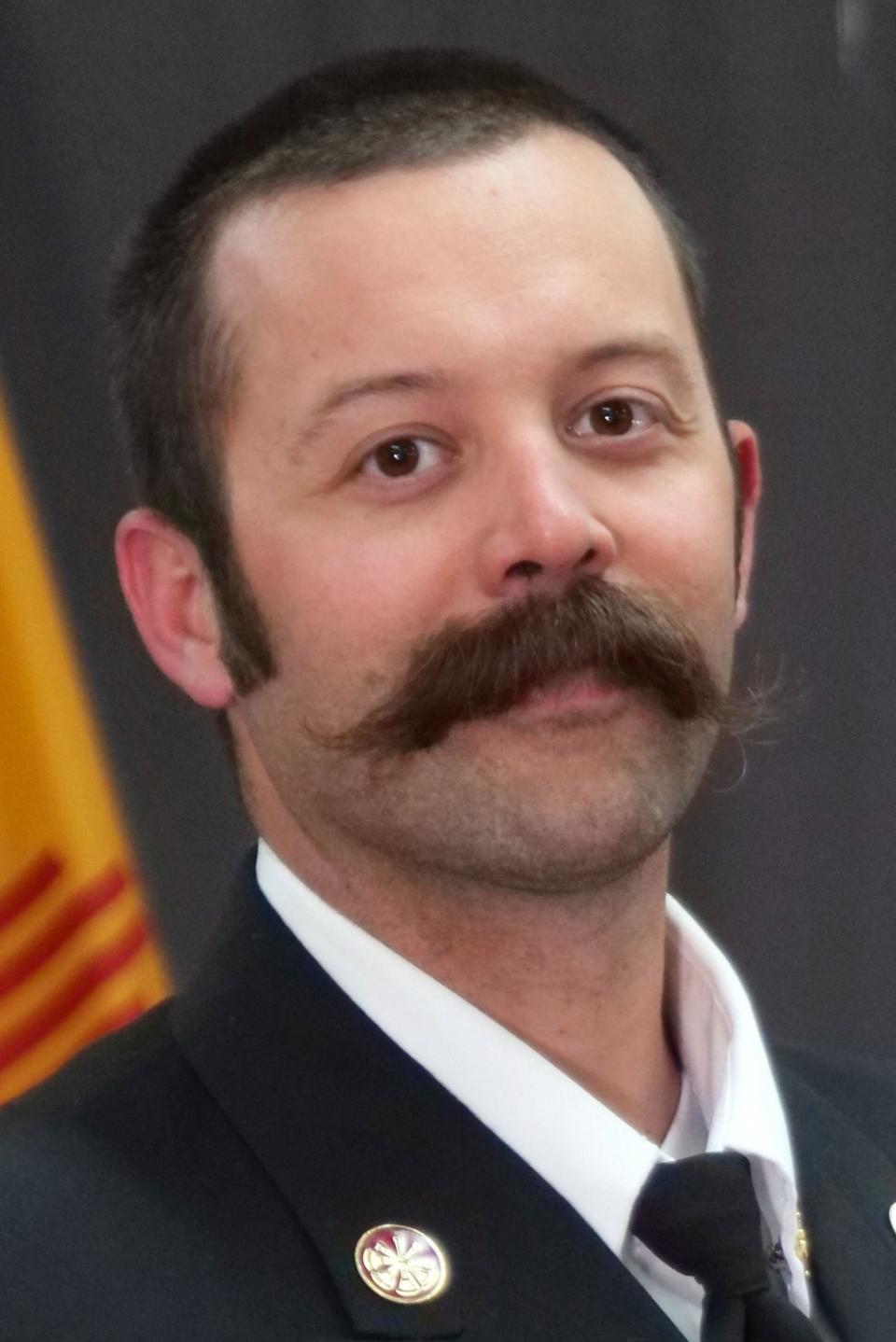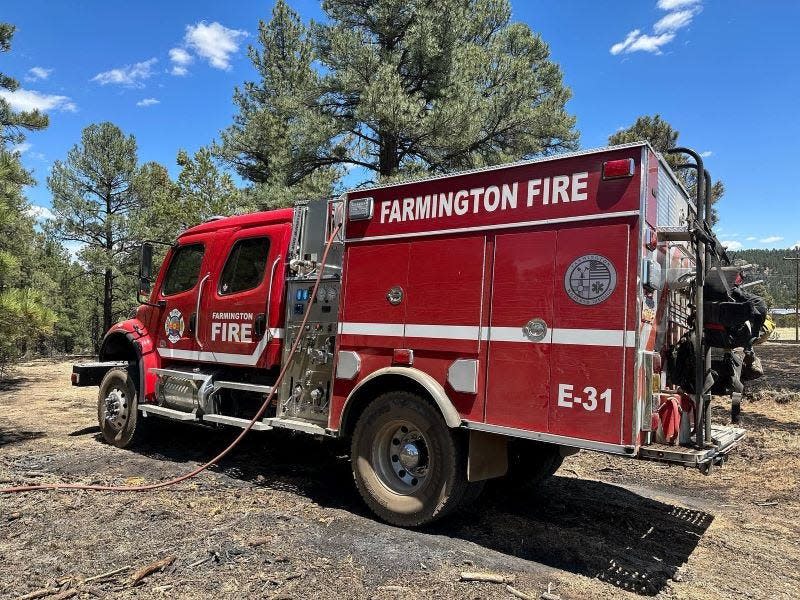Indicators point to 'normal' wildfire season in San Juan County—for now
The outlook for fire season in San Juan County appears to be headed toward the ordinary variety this spring, local fire officials say.
Deputy Chief John Gilbert of San Juan County Fire & Rescue said the latest three-month forecast for the area from the National Weather Service shows conditions are expected to fall along typical lines this spring, though he cautioned that doesn’t mean things can’t change quickly.
“The definition of normal is kind of a moving target,” he said. “It’s definitely different for the last 10 years compared to the last 100 years. We’re obviously a little different than we used to be. So, even though we expect a normal fire season, it can still be pretty active.”
Despite a dry trend for the last month and a half, San Juan County has seen close to its normal amount of precipitation this year, and the snow-water equivalent of the snowpack in the San Juan Mountains of southwest Colorado is only slightly below normal. Temperatures and winds both have increased noticeably in the last two weeks, but Gilbert said there is nothing in current conditions that would cause undue concern.

“We don’t expect stuff to just blast off and burn neighborhoods, fortunately,” he said, explaining that his department is not on heightened fire awareness yet.
That being said, San Juan County firefighters did battle two small wildland fires in recent days, he said, indicating that busier times likely lie ahead.
Jay Walter, the wildland fire chief for the Farmington Fire Department, said the latest briefing he received from the National Weather Service indicated that intermittent storms are expected to roll through the Four Corners area throughout March, preventing conditions from turning unseasonably dry this month.
“It’s not going to stop the fire season, but it’s a momentary pause,” he said. “It’s going to pump the brakes a little.”
But in April, the moisture is expected to slow down or stop, resulting in another drying trend, Walter said.
“We might have some more moisture in April, but it won’t be substantial,” he said.
That means fire officials are expecting an active May, when temperatures routinely warm up into the 80s and even the 90s.

“We’re expecting it to be dry and windy with a lot of fuels,” he said. “It looks like all the right indicators are going to line up, so we’ll have more potential for fires getting larger.”
Conditions like that would not be unusual in San Juan County, though they would be significantly different from last spring, when late-season snowstorms and rainfall kept much of the Four Corners unseasonably cool and wet until nearly Memorial Day.
Walter said that bountiful precipitation then has contributed to one of his chief concerns — a buildup of grass and brush from last year that will be easily spotted among all the new, green growth this year.
“When we look at this stuff, we’re not just looking at the new fuels,” he said. “We always get that green-up in the spring. What I like to look at, too, is what we call holdover fuels — fuels that grew and developed last year that might or might not still have life to them. They’re easily recognized as you drive around and see that grayer or yellow, dead grass. It’s stuff that grew last season and dried out over the winter.”
While most folks worry about above-normal temperatures contributing to an increased fire risk, Walter said high winds also can be a major concern.
“When you add wind into the component, it not only pushes fire forward, it dries out fuels,” he said.

Gilbert echoed that concern.
“It is a huge concern for us,” he said. “If you take that element out, we could be dry, and we’d still be OK. You could have a spark that started a fire, but it wouldn’t be that big a deal because the fire isn’t going to move that fast. But a spark with even a 10 mile-per-hour wind is significant.”
More: San Juan County's 10 fire districts eliminated. What's next for fire protection services?
He noted that before a series of spotty storms moved through San Juan County this weekend, it had been approximately 40 days since the area had seen significant precipitation. Prolonged dry spells like that quickly can turn a normal fire season into a bad one, he said.
“When you go that long without a wetting or soaking rain, that really raises our hackles significantly,” he said.
Nevertheless, San Juan County has managed to improve its lot this winter when it comes to drought, according to the U.S. Drought Monitor. In early December, more than half the county — nearly 55% — was classified as being in extreme drought, the second-worst category. Now, three months later, no part of the county is in extreme drought, with the driest sections rated as being in severe drought, the third-worst category. The westernmost section of the county — approximately 20% — is the wettest territory, rated as being only abnormally dry.
Despite the relatively good conditions, neither Gilbert nor Walter said they are taking anything for granted this spring.

“By no means, based on what we’ve seen in the past, are we out of the woods,” Walter said. “If a fire were to start, it’s going to burn. It’s just not going to take off and run like it would in the summer.”
Walter said he hesitates to say even that much, explaining that he fears such a pronouncement may lead people to become complacent and less careful with fire than they need to be.
“We always encourage them to be careful,” he said. “We utilize fire in our day-to-day lives, to cook, for campfires or to burn ditches and fields. But the important thing is to notify people to be vigilant. … Fire is a tool, and we may have the best of intentions in using it, but it’s important to recognize it possesses some danger to it, as well.”
Gilbert said it’s especially important to avoid trying to burn anything on windy days, noting how quickly a wind-aided blaze can surge out of control.
More: San Juan County's first baby box dedicated at Farmington fire station
“We don’t just take anecdotal data. We rely on science,” he said, explaining how San Juan County Fire & Rescue goes about analyzing the fire danger on any given day and implementing restrictions on open burns.
That information is a mix of data from the National Weather Service, and federal agencies such as the Bureau of Land Management and the Forest Service, he said.
“We’re pretty involved in those processes and all the inputs that go into that,” Gilbert said. “And we collect more and more data all the time.”
Mike Easterling can be reached at 505-564-4610 or measterling@daily-times.com. Support local journalism with a digital subscription: http://bit.ly/2I6TU0e.
This article originally appeared on Farmington Daily Times: March storms in San Juan Co. forecast, conditions expected to dry out soon

